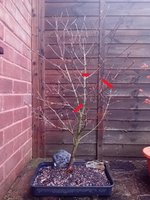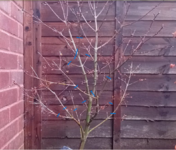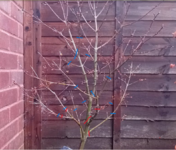Antrox
Sapling
Hi,
because of the warm weather,
my maples start to bud too early.
I wanted to repot them before the buds opened, and since it was too late, I used some "emergency" pots as figures below.
I used a seed growing tray and a flower pot, just to try to develop shallow roots.
In theory, one should be a maple katsura and the other I am not sure. I also attached a confused photo where you can see the leaves.
My question is related to trunk chopping. I would like to reduce the trees of 1/3, do you think it is possible or best to wait next winter?
Thanks
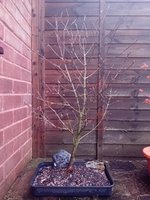
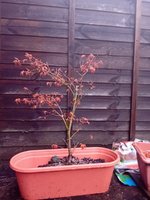
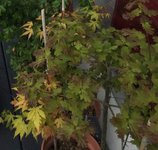
because of the warm weather,
my maples start to bud too early.
I wanted to repot them before the buds opened, and since it was too late, I used some "emergency" pots as figures below.
I used a seed growing tray and a flower pot, just to try to develop shallow roots.
In theory, one should be a maple katsura and the other I am not sure. I also attached a confused photo where you can see the leaves.
My question is related to trunk chopping. I would like to reduce the trees of 1/3, do you think it is possible or best to wait next winter?
Thanks




